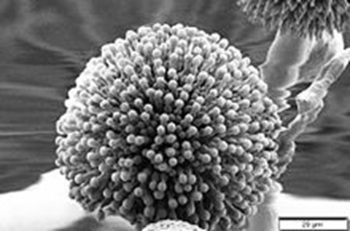
Mould is tricky problem in a residential tenancy.
Both landlords and tenants can have legitimate gripes.
Landlords can blame tenants for not keeping windows open, especially in bathrooms, to allow proper ventilation. Good air circulation creates dry conditions which prevents mould.
Tenants can blame landlords for not fixing building defects such as roofs, window and door seals which allow water entry, and not installing ventilation underneath the house, and poor drainage.Dampness and water create conditions where mould grows.
The Residential Tenancies Act 2010 (NSW and its equivalent in other States) gives tenants the right to apply for reduced rent, or to terminate the lease without payment of an early termination fee: “if significant dampness exists in floors, ceilings, walls and/or if roof roofs, ceilings and windows allow water penetration” (Section 52(1B)).
Mould is not specifically mentioned in that section, but mould will grow wherever dampness exists and water penetrates.
But reduced rent or early termination of the lease may not be enough. A tenant’s furniture, furnishings, clothes, shoes, books, artwork and other tenant possessions can be damaged or destroyed.
Can a tenant claim compensation to repair, restore of replace damaged possessions?
The answer is yes, as a recent decision of the District Court of New South Wales illustrates.
In that case, the tenant was awarded $28,426.30 for replacement of possessions which were damaged beyond repair, $17,281.05 for other expenses such as removal, tipping and storage costs, $20,000 for remediation and restoration of possessions that could be salvaged, and $22,000 for restoration of damaged artworks.
For a full analysis of that decision
